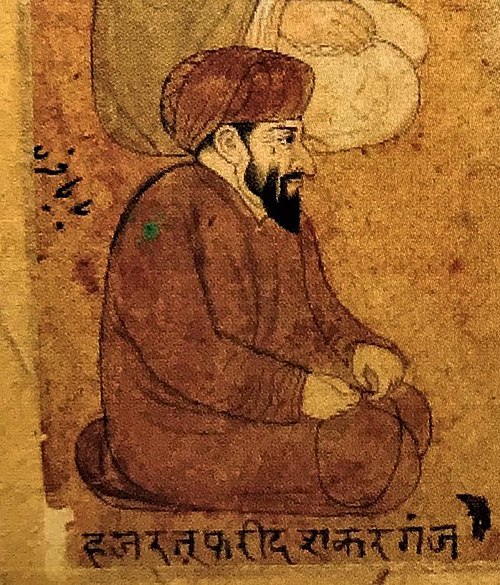FATEH SINGH KALIANVALA (d. 1807), military commander and jagirdar under Maharaja Ranjit Singh, was the son of Jassa Singh and grandson of Jaimal Singh. Jaimal Singh was a Sandhu Jatt and the first in the line to embrace the Sikh faith. He was a resident of Kala village in Amritsar district. In the troops of the Sukkarchakkia chiefs, Charhat Singh and Mahan Singh, he had fought against the Chatthas inhabiting the northern part of Gujranwala district. In one of the skirmishes with the Chatthas he lost both of his sons, Jai Singh and Jassa Singh. Fateh Singh entered the service of Maharaja Ranjit Singh in 1797, and rapidly rose in the favour of his master.
FATEH SINGH CHHACHHI (d. 1814), son of Tahal Singh Chhachhi, a Kohli Khatri belonging to Gujranwala district in the Punjab, served under Maharaja Ranjit Singh. He fought in the campaigns launched by the Maharaja for the conquest of Pind Dadan Khan, Pindi Gheb and Jhang and obtained considerable addition to his estates at Bharatpur, Sahival and Kunjah. He died fighting during the expedition against Kashmir in 1814.
FATEH SINGH MAN (d. 1845). son of Sham Singh Man, soldier, diplomat and commander in Maharaja Ranjit Singh`s army. He entered the service of the Maharaja as a trooper, and took part in several campaigns, including those of Multan (1818) and Kashmir (1819). He rose to be a kumeddn. In 1811, he had a jagir worth one lakh of rupees and maintained a contingent of 300 horsemen. He served mostly in the northwest frontier region, across the Indus. After Maharaja Ranjit Singh`s death, he became an active partisan of Kanvar Nau Nihal Singh and Wazir Dhian Singh.
FATEH SINGH, SAHIBZADA (1699-1705), the youngest of Guru Gobind Singh`s four sons, was born to Mata Jitoji at Anandpur on 25 February 1699. After the death of his mother, on 5 December 1700, he was brought up under the care of his grandmother, Mata Gujari, with whom he remained till the last. On 12 December 1705, he was martyred at Sirhind along with his elder brother, Zorawar Singh. See ZORAWAR SINGH, SAHIBZADA
FATEH SINGH, SANT (1911-1972), who enjoyed wide religious esteem among the Sikhs (sant, lit. a holy man) and who during the latter part of his career became a dominant political figure, was born, on 27 October 1911, the son of Bhai Channan Singh, a resident of Badiala in present day Bathinda district of the Punjab. He had no formal schooling and started learning to read Punjabi only at the age of 15. In view of his interest in religious texts, his father apprenticed him to a well known scholar, Sant Ishar Singh, of Sekha, a village near Barnala. In company with Sant Channan Singh, another holy man, he migrated to Ganganagar district of the then princely state of Bikaner in Rajasthan, where a large number of Sikh peasants had settled down in the newly established canal colony.
FATEH CHAND MAINI, RAJA, a ranked citizen of Patna in Bihar, who served Guru Tegh Bahadur with dedication during his visit in 1665. Fateh Chand and his wife were devout Sikhs and received the Guru and his family with great honour. They put them up in their newly built house, themselves continuing to live in the old one. After the departure of the Guru`s family for the Punjab, the couple converted their house into a dharamsala for the sangat or devotees to assemble in holy congregation. The place came to be known as Maini Sangat.





